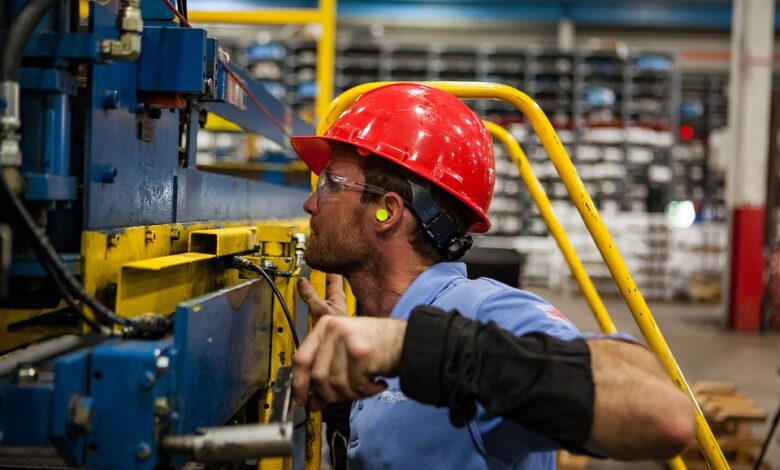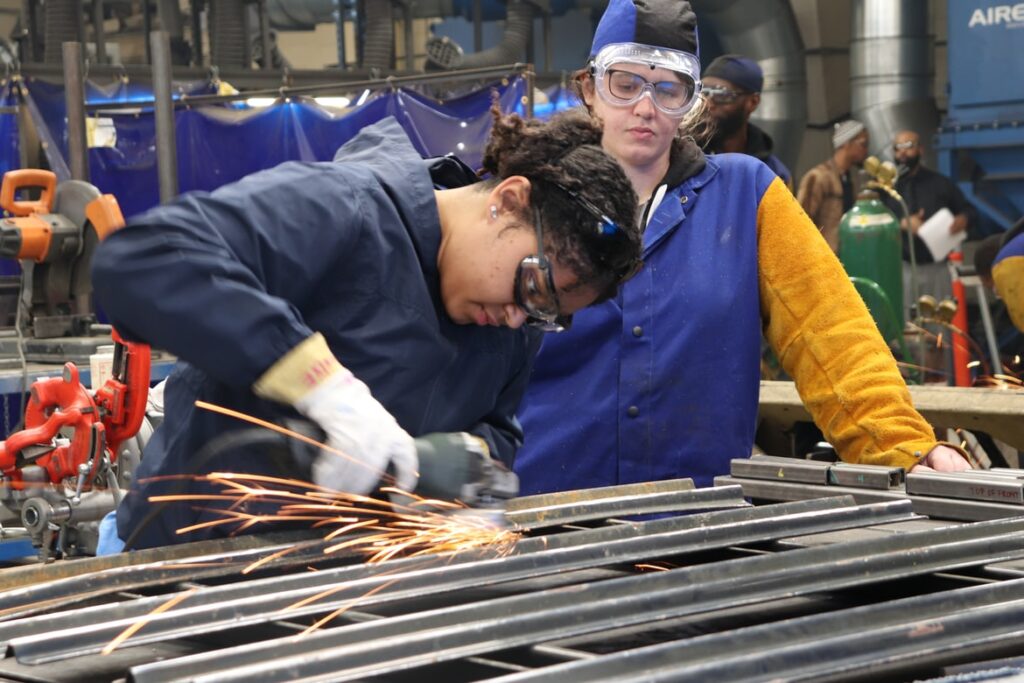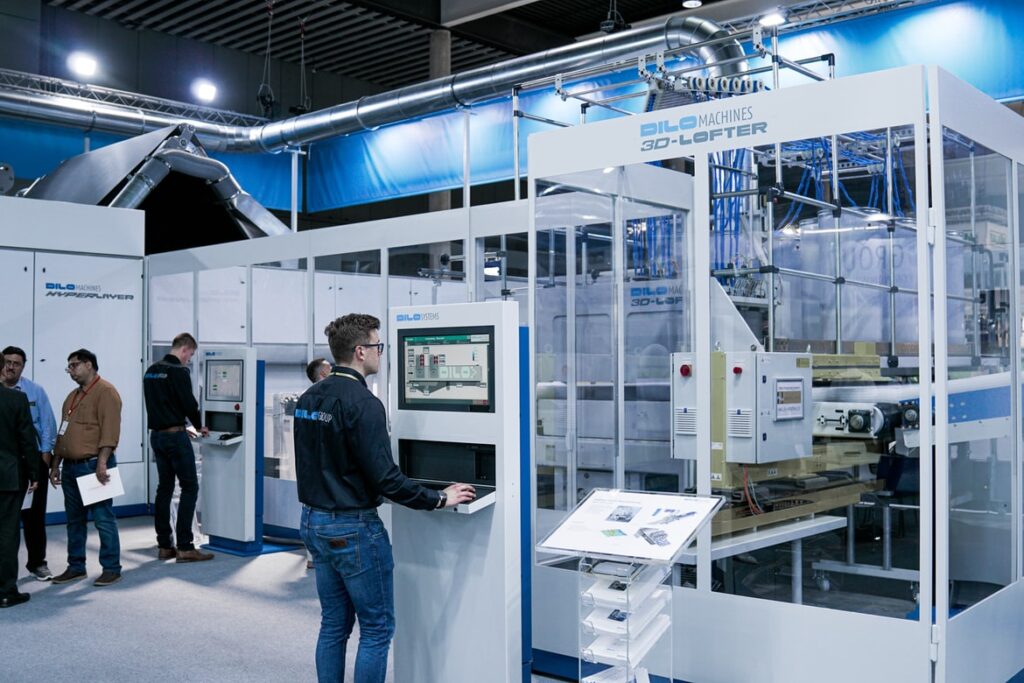
6 Tips For Improving Production Quality In Manufacturing
Emphasis on quality assurance is critical for success at all degrees for everyone functioning in the manufacturing industry. Even though improved quality control may enhance revenues and minimize client and customer unhappiness, it is also a constructive approach to cherish for workers, clients, and management all at once.
Every entrepreneur believes that he is devoted to excellence. If it were true, no commodity would ever let you down, and no company would ever cause you to complain. One way or the other, something lets us down. Down the line, people forget that a high-quality item not only delights customers by increasing satisfaction level but also brings down costs, making production more lucrative and profitable.
Quality in manufacturing is more critical than ever. Keeping clients satisfied is just the outer aspect of it. According to industry professional’s quality compensates for itself as developing systems that produce high-quality goods eliminates both the visible and invisible expense of faults. Here you will get the tactics and real-time inputs to improve your operations.
Let us look at some general tips for enhancing production quality in manufacturing.

Tip 1: It is all about commitment
A firm’s commitment to excellence has to emanate from the leadership and be reaffirmed regularly. Employees will constantly insist on making sacrifices unless a company regards excellence as its sole, non-negotiable aim, and quality will suffer as a result. It is the belief that gets transferred into the products which users refer to as quality.
If you are not installing the best beliefs and sincere core values among your workers, then the low-quality manufacturing will keep happening. It may sound illogical, but it happens. One prime example is Apples’ products. Steve Jobs understood that when you make things with the right belief system, people accept you with open hearts. And to date, his philosophy is working for Apple even after he is gone; because he was successful in installing the right guidelines among his employees which eventually transferred to the Apple products.
Tip 2: Build Proper Processes
Processes are the foundation of quality assurance. It is hard to have strong consistency without magnificent practices. The explanation for this is straightforward: quality control follows a set of rules. While accidents are unavoidable, structural goof-ups and blunders may be avoided by undertaking a comprehensive examination of workflow and correcting them when necessary.
Ascertain that the appropriate practices are implemented so that personnel are confident in their ability to perform their duties. Increased learning, improved staff instructions and tools, and periodic discussions of the guidelines and objectives may all be part of this update. Quality control generally takes responsibility of its own once systems to engage and inspire personnel are in operation.

Tip 3: Keep Track
Traceability refers to a business’s efforts to follow each step of the manufacturing cycle, from raw materials to finished goods. Monitoring excellence is extremely challenging, and initiatives by organizations like the International Organization for Standardization (ISO) to set significant criteria outside of production have had varied results.
Technicians must put a stamp on the goods or the packaging if the item is large enough. That marking must include the item’s manufacturing timeline, as well as the names of the people who participated in it. It is simpler to track down the source of an issue, assess it, and take remedial action when it is traceable.
Tip 4: Team Maintenance
Maintenance is not only for people who work in that department. To assist improve the safety, uninterrupted functioning of the system, frontline personnel must be educated to conduct minor repairs chores such as machine starting, operational reviews, washing, and greasing. Operators typically have a gut feeling about whether machinery is working well (or not), which can protect them from tiny stoppage or hardware faults.
Employees must be taught to perceive the link among their deeds and, more generally, their job attitude, and the entire functioning of the organization. You will be providing employees with the knowledge they need to be excellent guardians of your organization by relating personal conduct to an entire work process and then revealing where that mechanism can occasionally crumble.

Tip 5: Zero Loss Mind-set
Rather than presuming that issues would inevitably arise, zero loss thinking focuses on excellence – that is, a flawless product. For many manufacturing metrics, zero loss is impossible to accomplish, but setting it as a target motivates personnel to strive for excellence. As they minimize the number of quality issues one by one, the distance between where they are now and where they want to go shortens.
Tip 6: Simplicity is the Key
It may appear too simple, but simplicity is sometimes the answer to expediting the fault exploration and motivating people to participate effectively.
For instance: Employees can list the various faults on a chalkboard at their workstation and start recording the frequency it occurs on the line. Make it imperative for a manufacturing expert and a quality inspector to examine the manufacturing line and analyze what is the real cause if the figure reaches a particular threshold inside a group.
In the list of keeping things simple, it could be as small as keeping the workspace clean. Failure to tidy up might result in damage and boost the chances of making mistakes. Sanitation should always be a top concern in the workplace. A clean atmosphere will aid in quality assessment and risk reduction. It will also help to make your overall workstation safer, more productive, and more profitable.

How do big companies do it?
Big companies such as Dyson Corporation continuously strive to improve product quality in manufacturing to ensure the delivery of high-quality products to their customers. They employ various strategies and techniques to achieve this goal.
One approach is the implementation of rigorous quality control measures throughout the production process. This includes thorough inspection and testing of raw materials, intermediate components, and finished goods. Advanced technologies such as automated inspection systems and machine learning algorithms are often utilized to enhance the accuracy and efficiency of quality control procedures.
Moreover, big companies invest in research and development to innovate and improve their manufacturing processes. They explore new technologies, materials, and techniques that can optimize production efficiency while maintaining high-quality standards. This may involve the adoption of Industry 4.0 concepts, such as IoT devices, data analytics, and automation, to streamline operations and minimize errors.
Furthermore, big companies prioritize employee training and development to ensure a skilled workforce. They provide comprehensive training programs to enhance employees’ technical competencies, quality awareness, and problem-solving abilities. By investing in their workforce, these companies create a culture of quality that permeates throughout the organization.
The Parting Words
The quality of the finished result is always determined by the efforts of those involved in operations. When each employee is required to accomplish his or her job honestly and without fail, only a high-quality product reaches the consumer, and the result is a sensation that cannot be quantified by machines or technologies. Producing the highest quality is not only the manufacturer’s obligation but also his professional responsibility. If he is not dedicated to the service, he will never provide a high-quality product.




